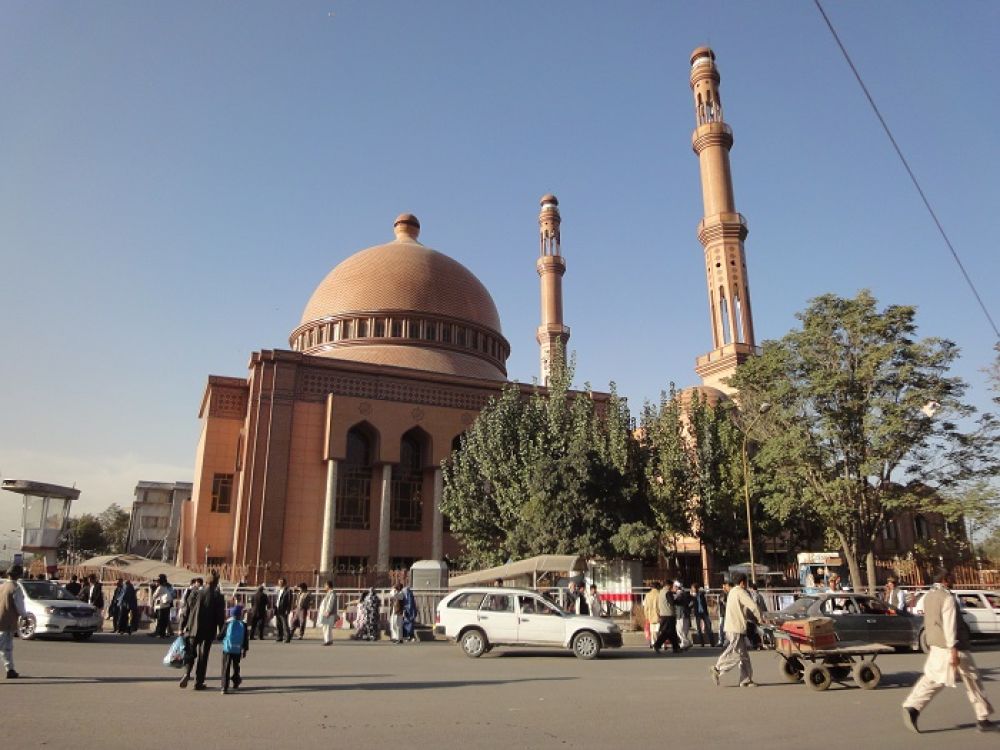

The Abdul Rahman Mosque, also known as the Grand Mosque of Kabul, is a historically significant landmark in the heart of Kabul, Afghanistan. It stands as a symbol of religious devotion and architectural grandeur in the country. The mosque has been a notable point of interest for visitors and worshippers alike, contributing to its status as a key tourist attraction in the region.
The Abdul Rahman Mosque was commissioned by former President Hafizullah Amin in the late 1970s but its construction was interrupted due to political upheavals. It was finally completed in 2009 during the presidency of Hamid Karzai. Named after Abdul Rahman Khan, a prominent figure in Afghan history, the mosque has since become a noteworthy destination for tourists who are interested in the cultural and historical aspects of the country.
For many years, Afghanistan's tourism industry faced challenges due to political instability and security issues. Despite these challenges, the Abdul Rahman Mosque remained a place of solace for those who sought to visit historical and religious sites within Kabul. The mosque is known for its striking white marble façade, four towering minarets, and impressive interior ornamentation. Tourists visiting the mosque have the opportunity to witness the fine Islamic architecture and gain insight into the local culture and religious practices.
In recent years, there has been a gradual shift in tourism trends with an emphasis on heritage and educational tourism. Tourists are becoming increasingly interested in the stories and historical significance behind landmarks such as the Abdul Rahman Mosque. Local and international efforts in cultural preservation and sustainable tourism have aimed to create environments where such significant landmarks can be safely appreciated by visitors.
Although the increase in tourism has been modest due to the aforementioned challenges, there has been growing support for initiatives that promote the responsible and respectful exploration of Afghanistan's rich historical legacy. Efforts by local and international organizations to promote peace and stability have the potential to reinvigorate the tourism industry, bringing about positive changes in perception and boosting economic activity through cultural appreciation.
For those interested in visiting the Abdul Rahman Bagrami Mosque, it is important to adhere to local customs and dress codes. Visitors should dress conservatively and be prepared to remove their shoes before entering the mosque. Women are typically required to wear headscarves, and photography may be restricted or require permission. It is recommended to visit during non-prayer times to avoid interrupting worshipers. As the security situation can be volatile, it is crucial to check travel advisories and seek guidance from reputable tour operators before planning a visit.
Note: Due to the volatile nature of the region, the current situation on the ground may change rapidly, and travelers are advised to stay updated on security developments and consult with their respective embassies or travel authorities before planning their visit to Kabul or the Abdul Rahman Mosque.